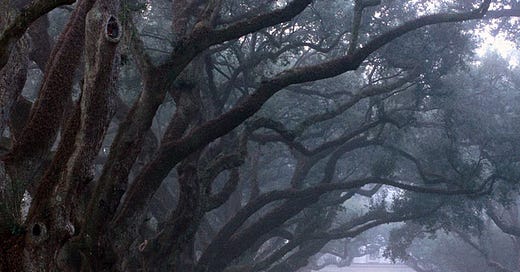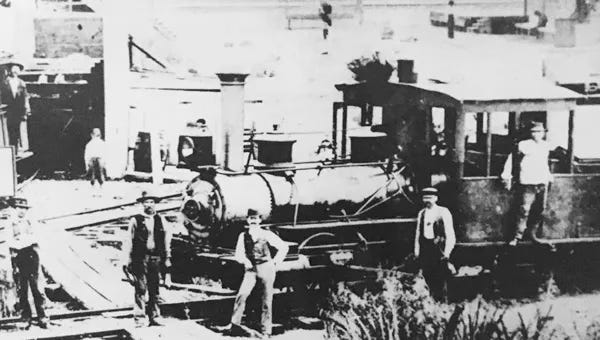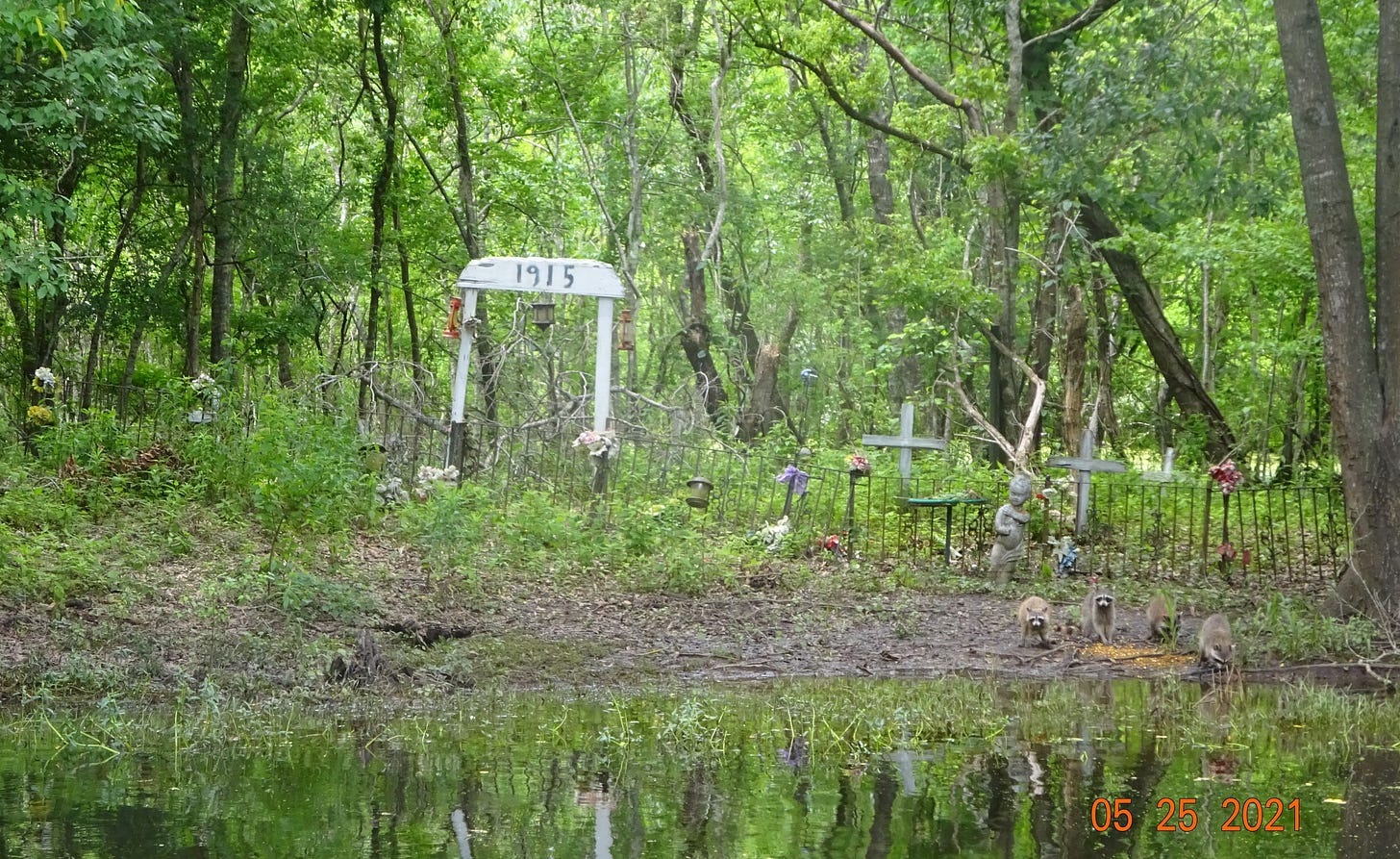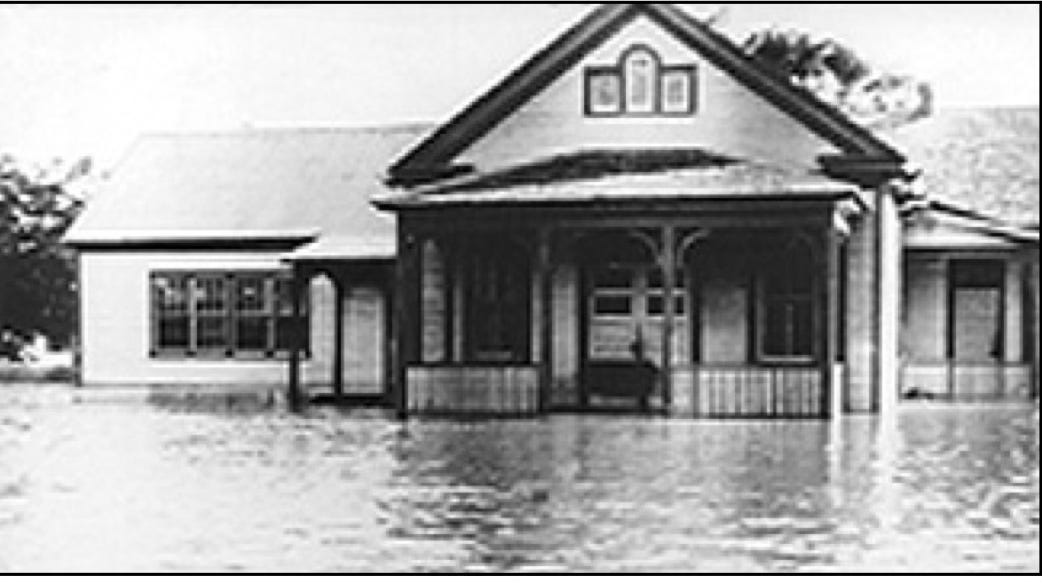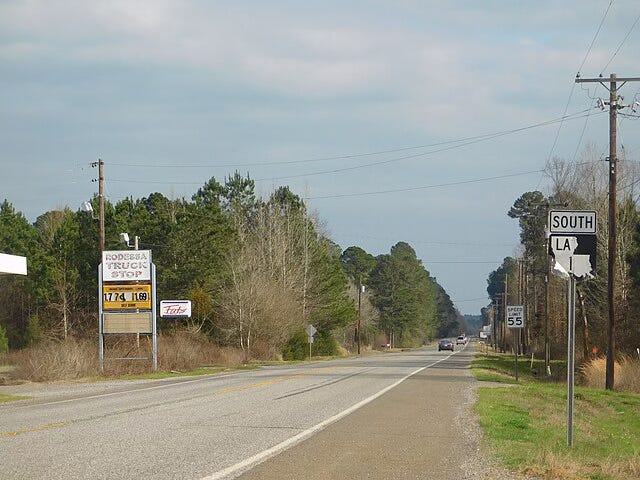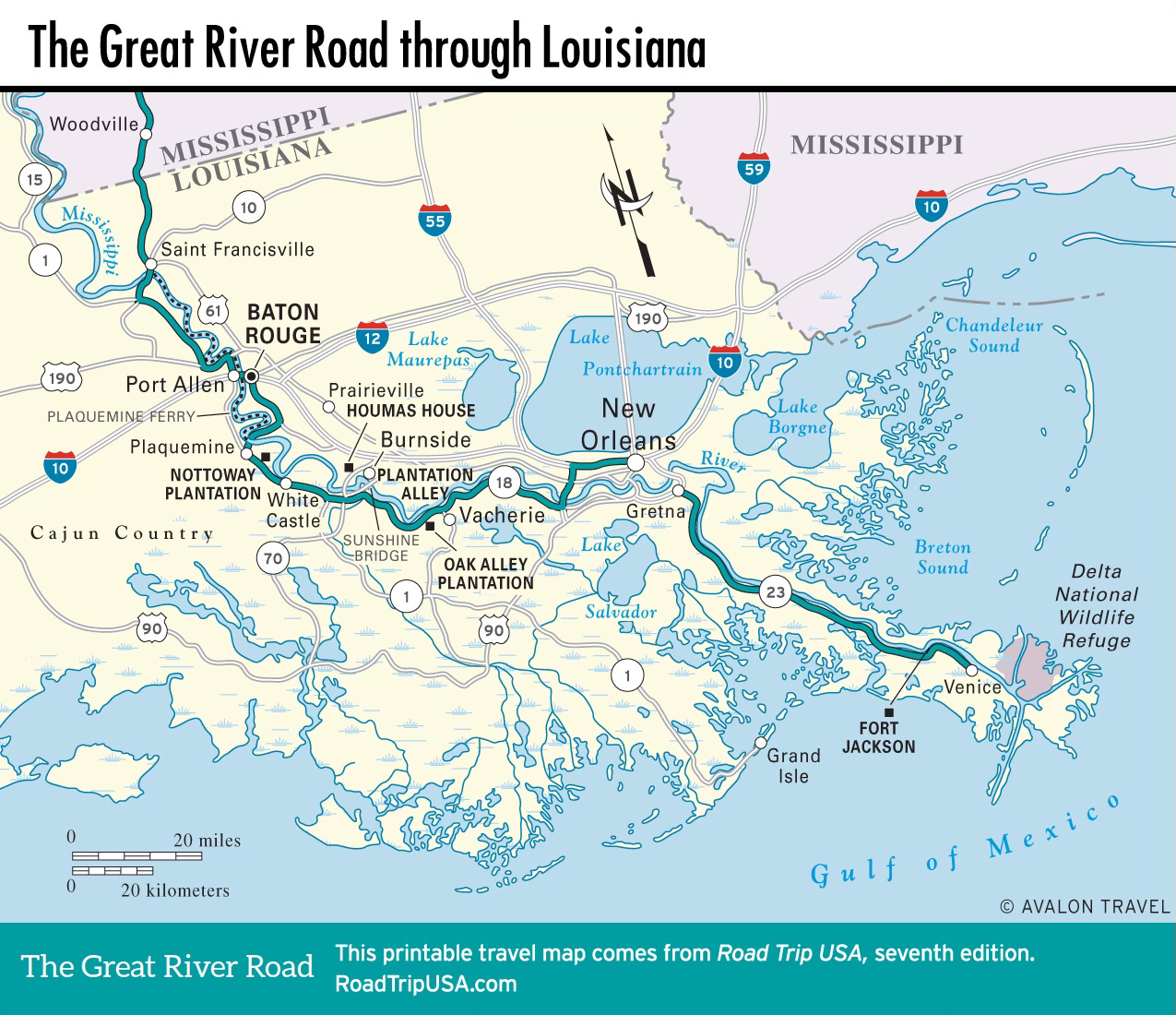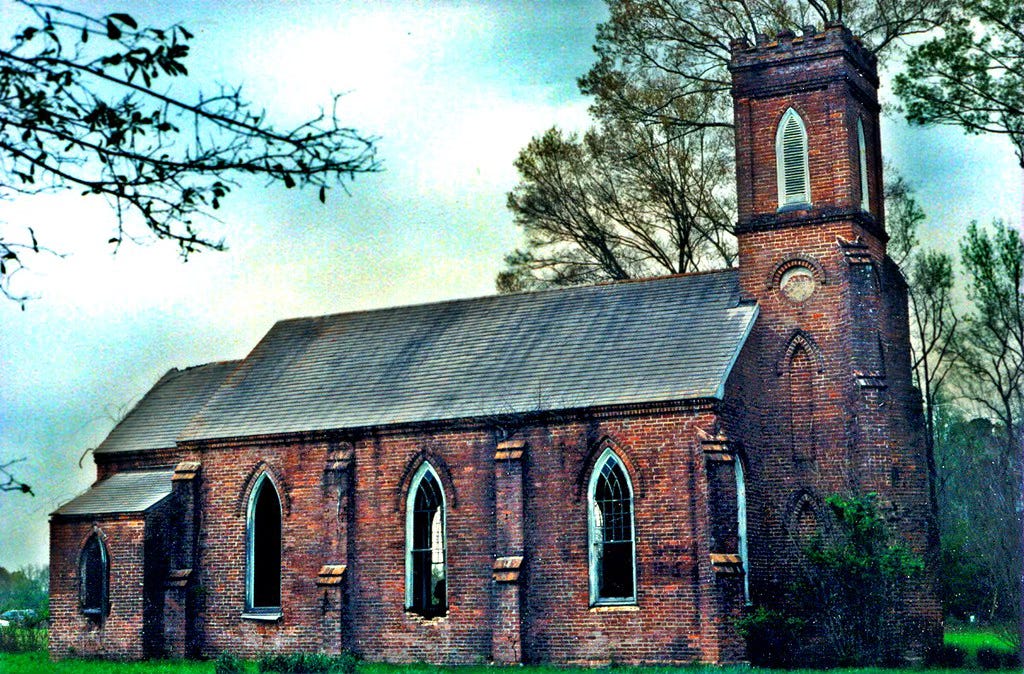Ghost Towns and Forgotten Roads: Louisiana’s Best Hidden Travel Gems
A guide to the eerie, abandoned, and off-the-map places perfect for weekend explorers
There’s a peculiar silence that hangs over the forgotten corners of Louisiana—the kind of silence that tells a story if you listen closely. It’s in the rusted frame of an old church, the crumbling foundation of a once-bustling lumber town, or the gravel crunch under your tires as you turn onto a road that no longer shows up on modern maps. These places—ghost towns and forgotten roads—are more than relics. They’re windows into Louisiana’s past, waiting to be rediscovered.
For weekend explorers, amateur historians, photographers, or simply lovers of the strange and beautiful, Louisiana offers an abundance of these eerie, off-the-beaten-path gems. So load up the car, bring your curiosity, and take the road less traveled—literally.
The Lure of the Forgotten
Tourists flock to Louisiana for Mardi Gras beads, beignets, and Bourbon Street—but the real soul of this state lies deeper. In forgotten logging towns reclaimed by the swamp, in washed-out roads leading to nowhere, and in cemeteries half-swallowed by vines and time, there are echoes of who we were and what we lost.
These places whisper stories of resilience and ruin, joy and sorrow. They’re not polished or preserved, and that’s exactly why they’re so compelling. In an age of constant motion, there’s something profoundly grounding about a town that stood still.
Louisiana’s Haunting Past: Why Towns Disappear
Louisiana’s geography and history are perfectly suited for the creation—and abandonment—of entire communities. Unlike other states where towns dry up from economic decline alone, Louisiana’s ghost towns are often victims of both human decisions and natural forces.
Some, like Bayou Chene, were submerged by flood control projects designed to protect cities downstream. Others, like Ruddock and Frenier, were ravaged by hurricanes that left few survivors and fewer structures. Still others faded due to rerouted railroads, depleted resources, or the migration of younger generations to urban centers.
During the 20th century, hundreds of small Louisiana towns quietly vanished. What remains are ghostly remnants—collapsed storefronts, forgotten schoolhouses, crumbling docks—and the stories they still tell.
Top Ghost Towns to Visit
🪵 Ruddock (St. John the Baptist Parish)
Ruddock was once a thriving cypress lumber town nestled between Lake Maurepas and Lake Pontchartrain. Founded in the late 1800s, it had a railroad depot, a hotel, and even a newspaper. But in 1915, a powerful hurricane barreled through and obliterated the town—killing nearly all its residents and leaving nothing but flooded land and wreckage behind.
Today, Ruddock is a ghost shadow of its former self. Only a few concrete blocks and rotting pilings remain, viewable by boat or airboat. Swallowed by swamp and memory, it’s a chilling yet mesmerizing reminder of nature’s power.
⚰️ Frenier (Lake Pontchartrain area)
Just west of Ruddock lies Frenier, known not just for its eerie abandonment but for one of Louisiana’s most famous ghost stories. Local legend tells of Julia Brown, a voodoo priestess who protected—and cursed—her town. Before her death in 1915, she was heard singing: “One day I’m gonna die, and I’m gonna take all of you with me.”
Hours after she was buried, the same hurricane that destroyed Ruddock struck Frenier, wiping it from the map.
What remains of Frenier today is haunting: broken docks jutting into the lake, skeletal trees, and the ruins of a graveyard that refuses to disappear. Boat tours often stop nearby, and local guides are eager to tell the chilling tale of Julia Brown.
🌊 Bayou Chene (St. Martin Parish)
Located in the heart of the Atchafalaya Basin, Bayou Chene was a self-sustaining town built on houseboats and wooden platforms. It had a school, a church, and a post office—all built on stilts above the wetlands. But by the 1940s, repeated flooding and the construction of the Morganza Spillway forced residents to evacuate.
Today, Bayou Chene exists only in photographs and oral histories. Locals still speak of it with reverence—as a town that floated, thrived, and quietly drowned.
To learn more, check out this great history from the Army Corps of Engineers on Bayou Chene called: Bayou Chene: The Life Story of an Atchafalaya Basin Community
🪖 Peason Ridge (Sabine Parish)
Peason Ridge tells a different kind of ghost story—one of sacrifice and military expansion. In the early 1940s, the U.S. government acquired this land to establish a military training area during World War II. Entire families were forced to relocate. Churches, schools, and homes were either demolished or left to decay.
Today, the Peason Ridge Wildlife Management Area is still used for military exercises, and access is limited. But during certain times of year, remnants like old cemeteries, roadbeds, and church foundations are accessible. It’s a fascinating—if bittersweet—place for respectful exploration.
Forgotten Roads and Byways Worth Exploring
🛣️ LA Hwy 1 (Old Section) – Alexandria to Cheneyville
This stretch of Louisiana Highway 1 is often bypassed by drivers opting for faster routes. But the old section between Alexandria and Cheneyville is worth every mile. As you drive, you’ll pass ghost plantations, abandoned cotton gins, and remnants of a time when this road was one of the most important north–south arteries in the state.
There’s a quiet melancholy in this route—rows of oaks shadowing forgotten homes, general stores with peeling paint, and fading signs from another era.
🌊 The Forgotten River Road – Stretching along the Mississippi River
Parallel to the Mississippi River, this lesser-traveled route is filled with crumbling plantations, hidden cemeteries, and ghost towns that never recovered from the end of steamboat commerce. Some segments have been swallowed by development, but many still snake through river towns like St. Francisville and White Castle.
It’s ideal for travelers who enjoy weaving history with scenery—where every curve in the road tells a story.
🌲 Highways 1077 & 40 – Northshore’s Mysterious Loop
Located in the rural Northshore parishes, these roads twist through dense pine forests and forgotten farmlands. Along the way, you’ll find weather-beaten churches, overgrown family plots, and collapsing barns—all drenched in fog during early mornings and golden hour sunsets.
Motorcyclists and photographers especially love this loop, but it’s open to anyone with a spirit for adventure.
Tips for the Weekend Explorer
Exploring forgotten places is thrilling—but it comes with responsibility.
Respect boundaries: Many of these sites are on private property or within restricted military areas. Trespassing can be dangerous and illegal.
Travel with care: Dirt roads can wash out. Bring a spare tire, water, snacks, and a physical map.
Preserve the past: Never take items or artifacts. Even a brick or a rusted tool can be part of the historical record.
Go prepared: Bug spray, boots, long sleeves, and plenty of water are must-haves, especially in swampy or forested areas.
A Journey Through Time and Mystery
The best way to understand Louisiana’s story is to walk its forgotten paths. These ghost towns and lost roads are more than curiosities—they're artifacts of a culture that is stubborn, soulful, and scarred by both tragedy and triumph.
Visiting these places is like flipping through a fading scrapbook: bittersweet, raw, and real. They won’t be around forever. Trees reclaim what man abandons. Roads crumble. Legends fade. So go now. Hear the echoes for yourself.
:📚 Sources & Further Reading
Ruddock Ghost Town
NOLA.com – “What Happened to Ruddock, Louisiana?”Frenier and Julia Brown Legend
Only In Your State – “This Louisiana Ghost Town Has a Terrifying History”Bayou Chene History
Teche News – “The Ghost Town of Bayou Chene”Louisiana Ghost Town Directory
GhostTowns.com – Louisiana ListingsAbandoned Structures & Exploration
Abandoned Southeast – Louisiana SectionLouisiana Scenic Byways
Louisiana Byways – Explore RoutesPlantation Country & River Road History
Louisiana Travel – River Road Plantation CountryUSGS GNIS (Geographic Names Information System)
USGS Official Database
🗣️ Call to Action
Have a hidden gem of your own?
We want to hear from you. Share your favorite ghost town, forgotten road, or family lore with The Bayou Insider. Email us your story, photos, or tips at thebayouinsider@proton.me. Your adventure might just inspire the next weekend explorer.
Savor the Vines: Inside Landry Vineyards, Louisiana’s Premier Family-Owned Winery
By The Bayou Insider Staff

